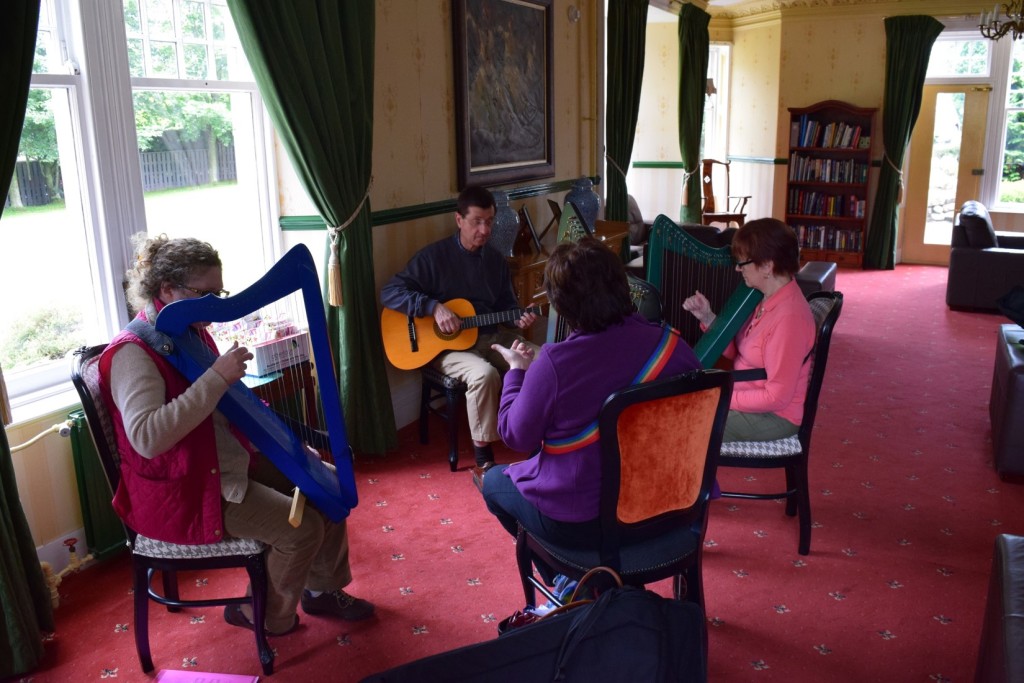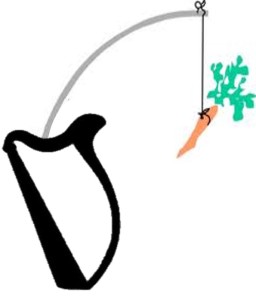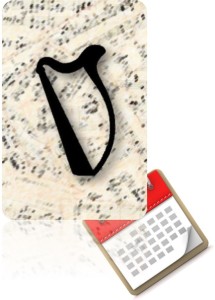You know that I’m excited about the upcoming 2016 Harp the Highlands and Islands Tour – we are planning this trip in July to enjoy the Scottish summer! Dates for 2016 are 30 July – 6 August 2016. This timing will allow you the easy option to stay a little longer if you chose to go to the Tattoo, the Festival and the Fringe as well – you’ll already be there!
The tour will include the breathtaking Highlands and the Isle of Skye as well as learning and playing and having a great time. We cater to harp players at all levels and we also welcome other traditional musicians as well as “harp appreciators”! Each day we’ll take on a tune, learn more harp lore, and learn how the music is intertwined with the history and culture.
We will depart from Edinburgh and then spend eight days seeing the Highlands and Skye. Our tour group will be small – no more than six travelers – which allows enough flexibility each day to see the very best Scotland has to offer and still include those special things that can’t be planned. And each day, there is a tune that matches our travels, experiences, and mood.
The early booking discount date is rapidly approaching! Book by 15 September and pay only $3000, saving nearly 15%. Prices go up after that – book by the end of the year and pay just $3200. From 1 January, $3499*. Got a crowd? Call for options.
I hope you’ll join us. For more details go to this year’s website (click on the button above for Tours of Scotland).
* Of course, there is small print: Prices per person, double occupancy and include eight day/seven night dinner, bed and breakfast accommodations, tour and professional driver guide, entrance to all attractions, morning and afternoon coffee or tea, as well as other special treats along the way.









